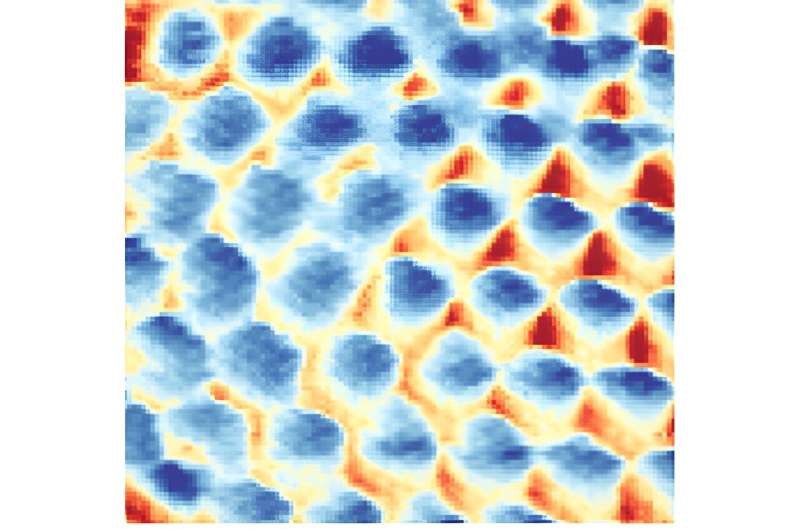Free Courses Sale ends Soon, Get It Now


Free Courses Sale ends Soon, Get It Now



Source: Phys.org
Disclaimer: Copyright infringement not intended.
Context
Details
Observations
Significance of the Discovery
About Wigner Crystal
Formation and Conditions:
Properties of Wigner Crystals:
Applications:
About Quantum Crystal
Types of Quantum Crystals:
Properties of Quantum Crystals:
Applications:
Sources:
|
PRACTICE QUESTION Q. Quantum crystals represent a cutting-edge area of research with profound implications for fundamental physics and practical applications in quantum technologies. Examine. (250 Words) |
© 2024 iasgyan. All right reserved